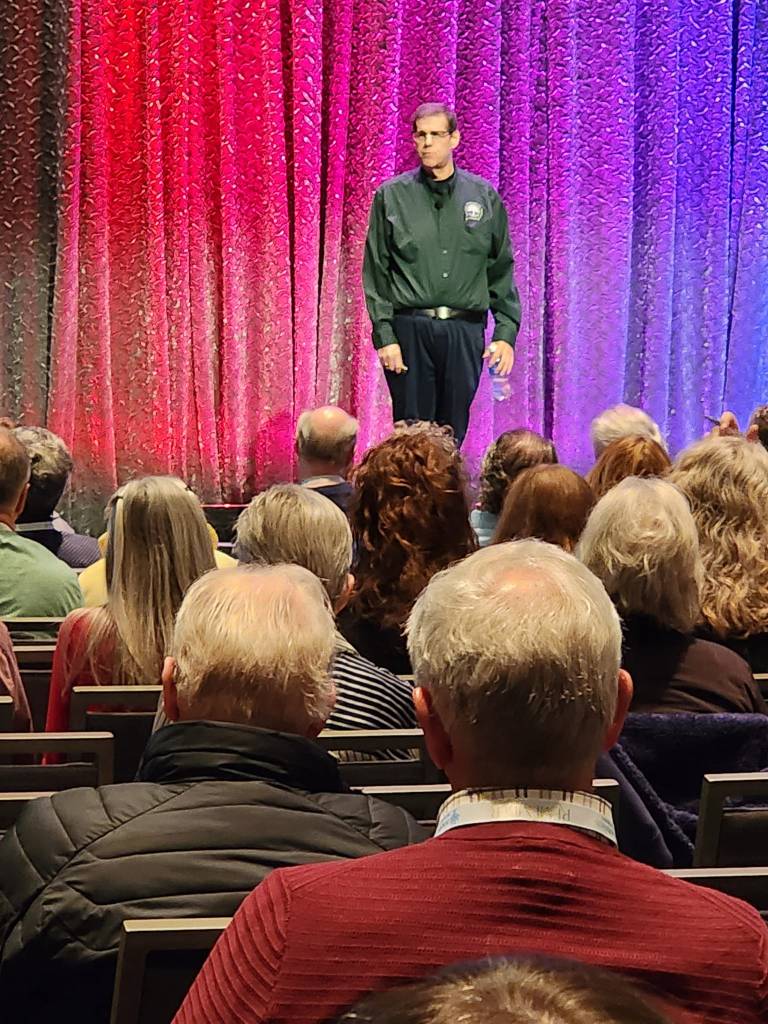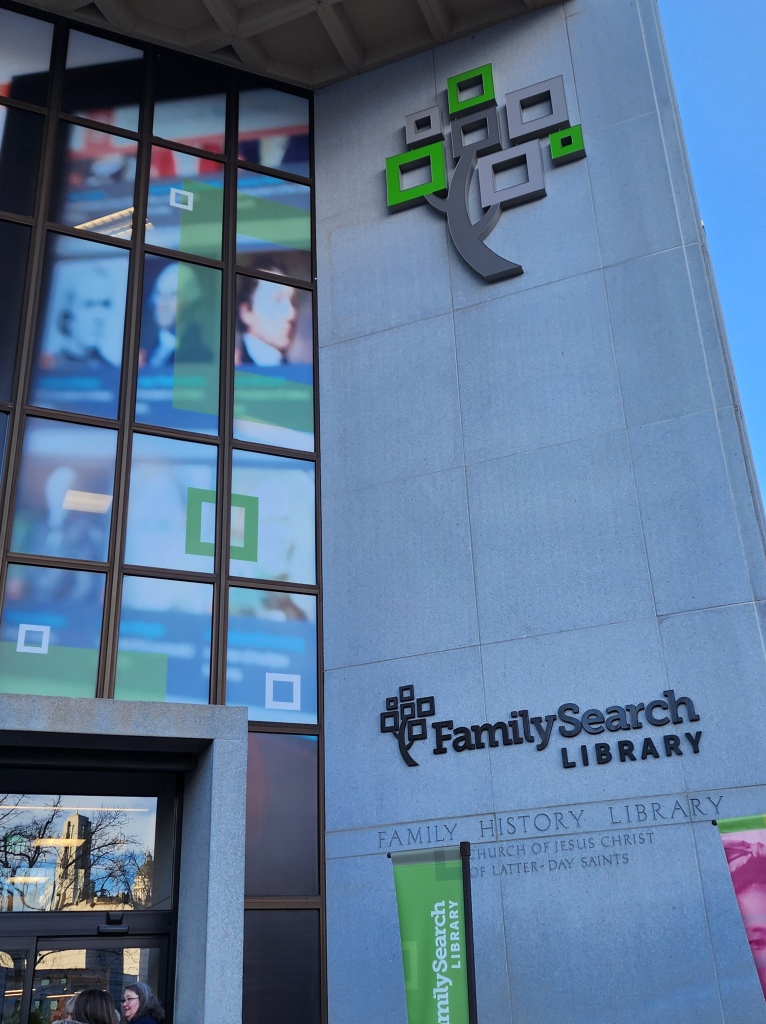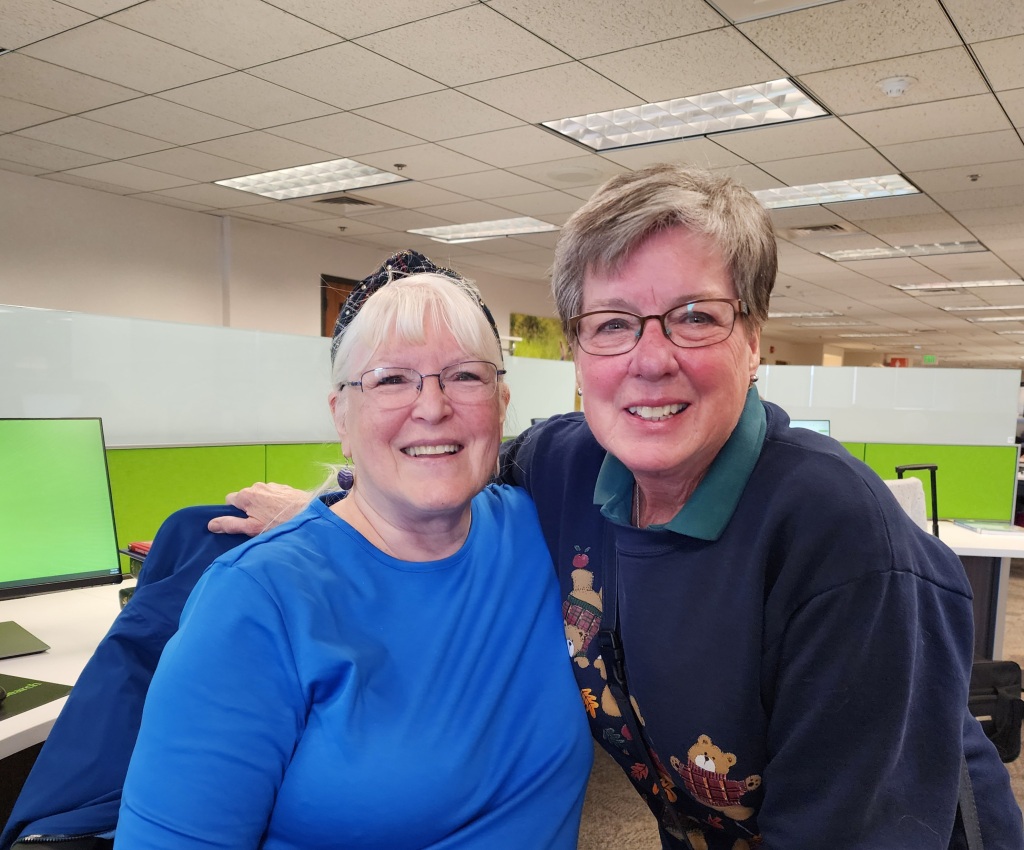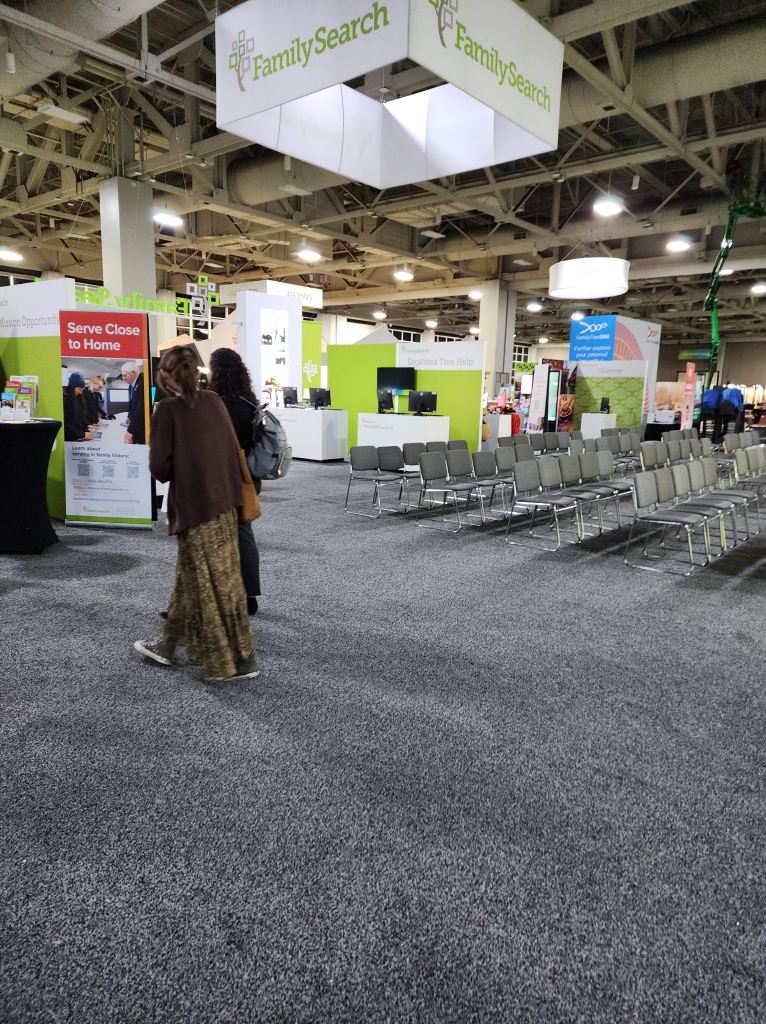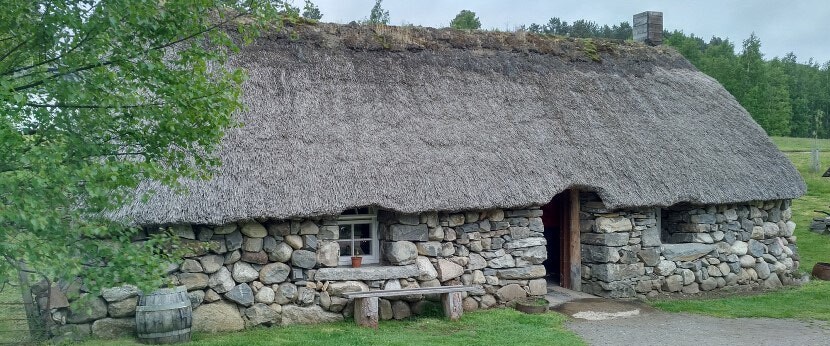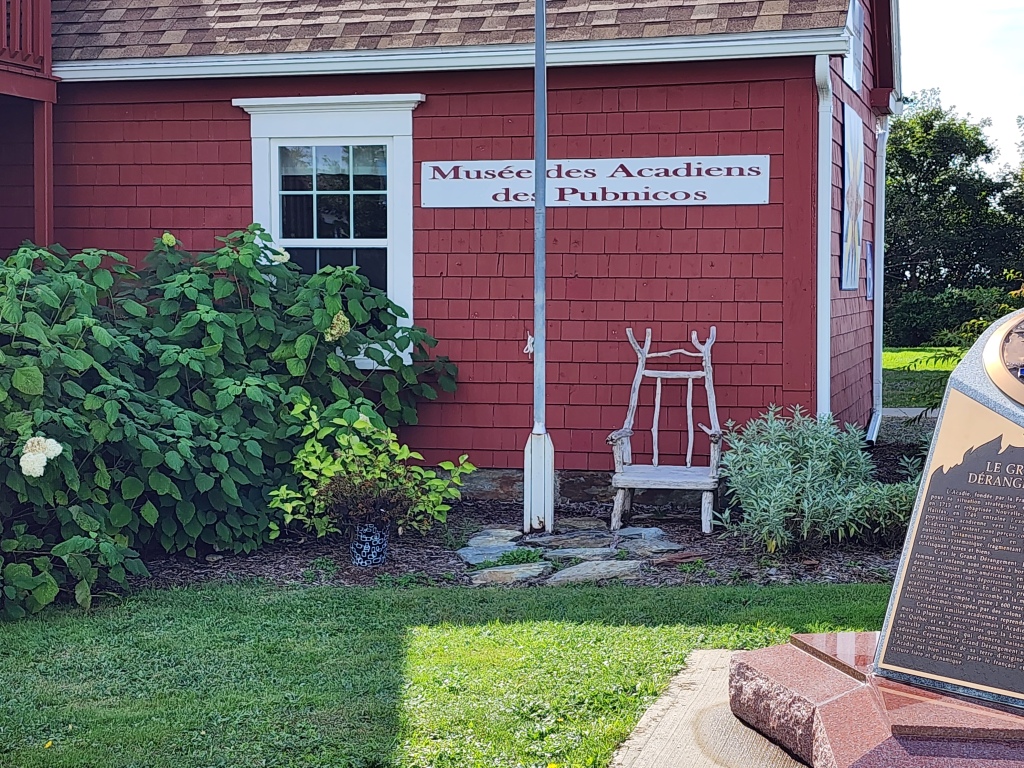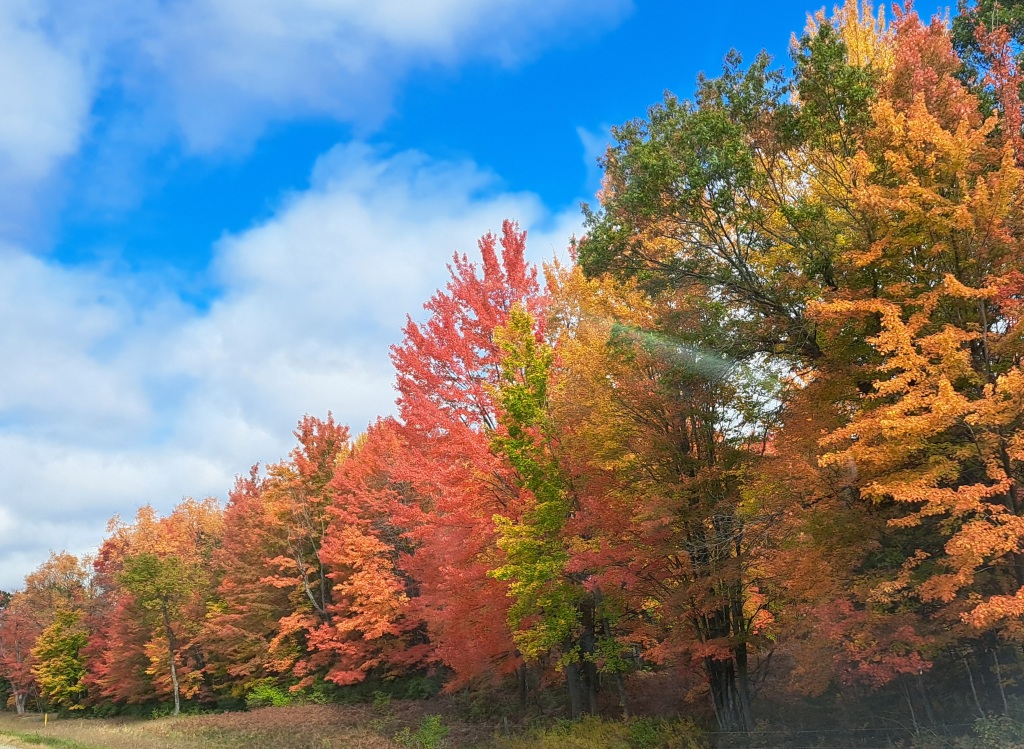
First you sleep …….
I have to say that the experience of the week at RootsTech 2024 was SOOOOO fun, exciting, energizing and busy, that it took until today to feel like I could even begin to think about how to summarize the wonderful experience!
I had to sleep – actually 9 hours last night, which is NOT my usual. I needed it! I had arrived on Sunday so that I could grocery shop at wonderful Harmon’s and stock my refrigerator. Monday through Wednesday mid-day were full of research for clients and myself. And I took a break on Wednesday afternoon to be ready for the evening.
What a fun evening Wednesday night was! TWO — yes, TWO — dinners. One for the Media and Speakers (I was part of both groups) and one from FamilySearch and greetings on behalf of those coordinating RootsTech. Marvelous time and great food and conversation – lots of laughter!

Glad that I had the break on Wednesday afternoon, because Thursday dawned fast, exciting and really moved! A breakfast with Storied got me excited for the day and off and running – first to the Media Center, where we could log in, write, catch up on any changes and updates. Then on to the Main Stage – to keep things short, EACH day, from late morning until about 1 p.m., there were announcements from the Sponsors about their innovations, updates and special offerings that were revealed at RootsTech first.
The Main Stage Keynotes were all special: Henry Cho had us laughing and excited, Steve Rockwood (I’m now a “Rocky” as I found out I’m his cousin – 8th cousin!) gave us the warm and emotional content of the special video for this year (have a tissue ready …. it’s lovely and will grab your heart). Lynn M. Jackson is the great-great-granddaughter of Dred and Harriett Scott and offered information about the Dred Scott Heritage Foundation in honor of her Ancestor’s pivotal role in American history in his 11-year battle for freedom. Important and history-changing! Nancy Borowick, an award-winning photographer, uses her craft to tell stories and uplift, through speaking engagements, writing and her photos, the stories of struggles, challenges and the lives of our world family. Kristin Chenoweth – Actress and singer, writer and producer, her work spans decades of awards, productions, voice-overs, movies, television and stage, and she wowed us with songs and her warm presence. So each day, needless to say, we were given a marvelous mid-day experience that lifted the morning and afternoon sessions to a new level of relevance.
On Thursday, I had two presentations – one pre-recorded for society leadership that focused on Volunteer Motivations – and a later one “Researching in Ontario: Your Trillium Connection” about how to find your ancestors in Canada. In webinar format, there were great questions from the audience and I’ve since received more via email! And Thursday was full of attending other sessions, writing and taking pictures to share (please check out my Facebook pages – my personal one https://www.facebook.com/judy.muhn/ and Lineage Journeys – https://www.facebook.com/LineageJourneys/ for pictures from all of the days!

Friday was another busy day, with another webinar presentation – “Je Me Souviens: Researching in Quebec” where I was excited to meet French-Canadian and Acadian cousins! Some were sending texts and others emailed – so fun. Helping in the Association of Genealogical Professionals’ booth in the Expo Hall gave me an opportunity to catch up with an organization that I joined to learn and grow as a speaker and professional, with friendships that span many organizations. That night, the National Genealogical Society hosted a reception for anyone from our many genealogical societies and delegates, as well as our Board. Exhaustion was setting in so heading off to the hotel at about 9 pm meant that it was an over 15 hour day!
Saturday was another long but also productive day! In addition to posting on Facebook, writing blog posts (still in draft form as I was interrupted …) and helping to staff the NGS booth all day, meant that I got to meet and see even more people! Fun and networking dominated on Saturday as we reached out to vendors about the NGS Family History virtual conference in May. The exhibit hall was amazing with creative and fun set ups that facilitated learning and discovery!

This booth picture of the Storied company was taken during the set up on Wednesday night but you can see how fun it looked – learned a lot from them about their innovations and new products!
My fourth presentation, pre-recorded and released on Saturday, was another for society leaders: The Four Buckets of Society Management. I’m hoping to hear from those who watch the society presentations – to offer them help and support as we all are struggling to figure out how to keep going, growing and helping to educate new genealogists and family historians.
While RootsTech 2024 is over physically, the emails keep coming in and I’m thrilled to be connected to so many who came. We’re waiting to hear what the final numbers were – people in person and people online. Thank you to the RootsTech and FamilySearch teams who made so much look so easy – from my role in the Media team to being a Speaker, and helping with vendors and networking, what a marvelous experience. If you are reading this and have never attended, STRONGLY consider coming out next year: March 6 – 8, 2025!!!






